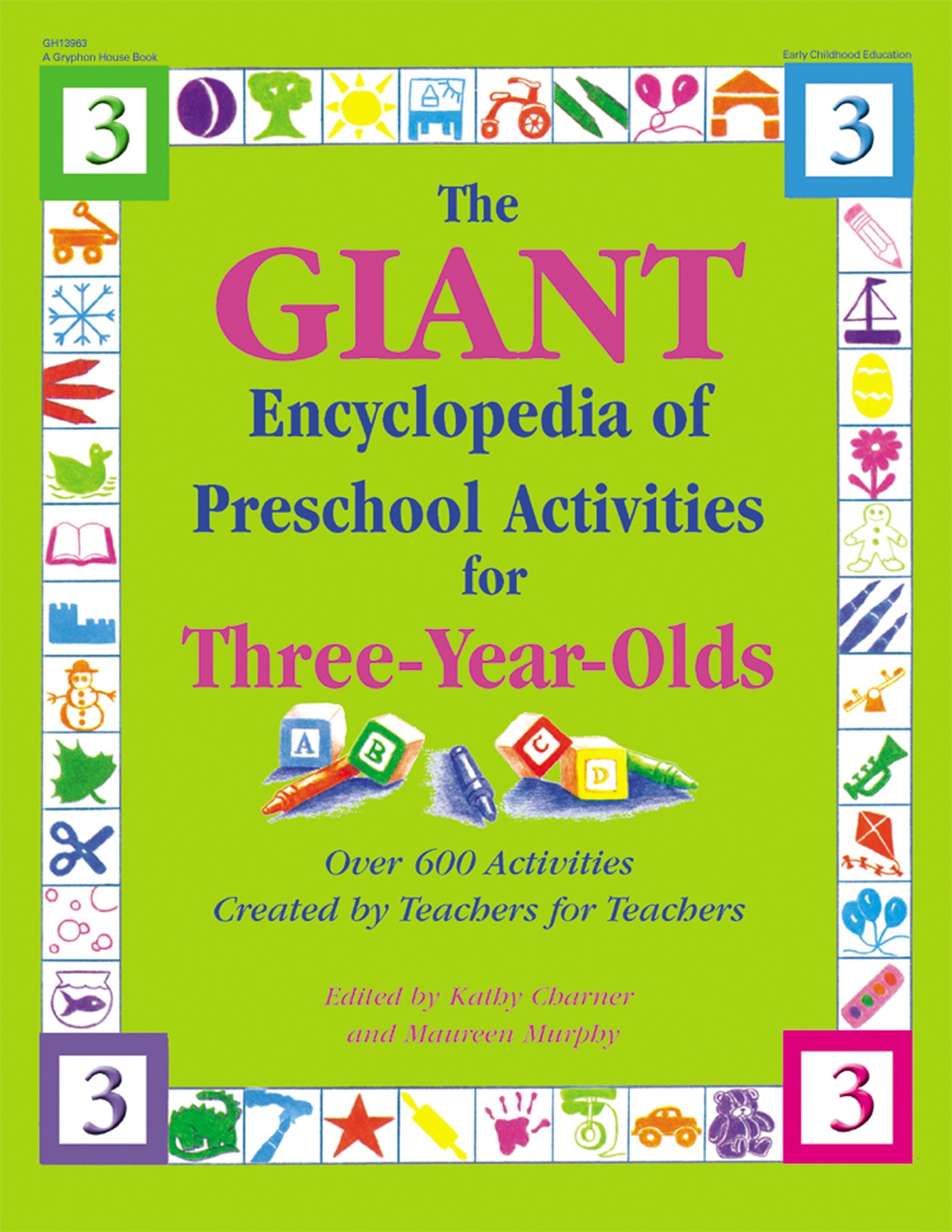Materials
- String instrument or triangle
- Styrofoam trays
- Rubber bands
What to do
1. Explain to the children that not all artists create artwork to look at and that some artists are musicians.
2. First, demonstrate how vibration causes sound. Strum strings on any string instrument or tap a musical triangle, but HOLD each instrument to prevent it from vibrating. (There are many things you can use to demonstrate this, such as symbols, a xylophone, a glass, and so on.)
3. Now release the strings or triangle so they are able to vibrate and make a sound.
4. Show the children how they can make a string instrument of their own by wrapping rubber bands around a Styrofoam tray. The rubber bands vibrate to cause sound.
5. Ask them to predict whether or not the sound will be higher or lower if you make a rubber band tighter. This is similar to what a musician must do to tune his string instrument.
6. Give the children rubber bands and Styrofoam trays and encourage them to create their own string instrument.
More to do
- Put on marching music and encourage the children to dance or march with their instruments. Make various string instruments by cutting out sections from cereal or pasta boxes, attaching a paper towel tube to one end, and adding rubber bands.
- Dramatic Play: Set up an orchestra in the Dramatic Play Area.
-Shirley R. Salach, Northwood, NH
Instructions
1. Show the assorted objects to the children, naming and describing them
together.
2. Without the children seeing, put one item into the sock. Encourage one child
to feel the item through the sock and try to identify it without peeking inside.
If the child has difficulty naming the object, suggest asking a friend to help.
3. When the child has identified the item, remove it and discuss its identifying
features, such as round edges, smooth surfaces, or sharp corners.
4. Repeat the game with other objects.
More to do
Literacy: Make a class book of drawings of the children's favorite things to touch,
accompanied with the completed sentence: "I like to feel _____ because..."
Science: Repeat the game using items with similar shapes or features, such as all
round items or all wooden objects.
More Science: Play other guessing games using the sense of taste, the sense of
smell, and so on.
